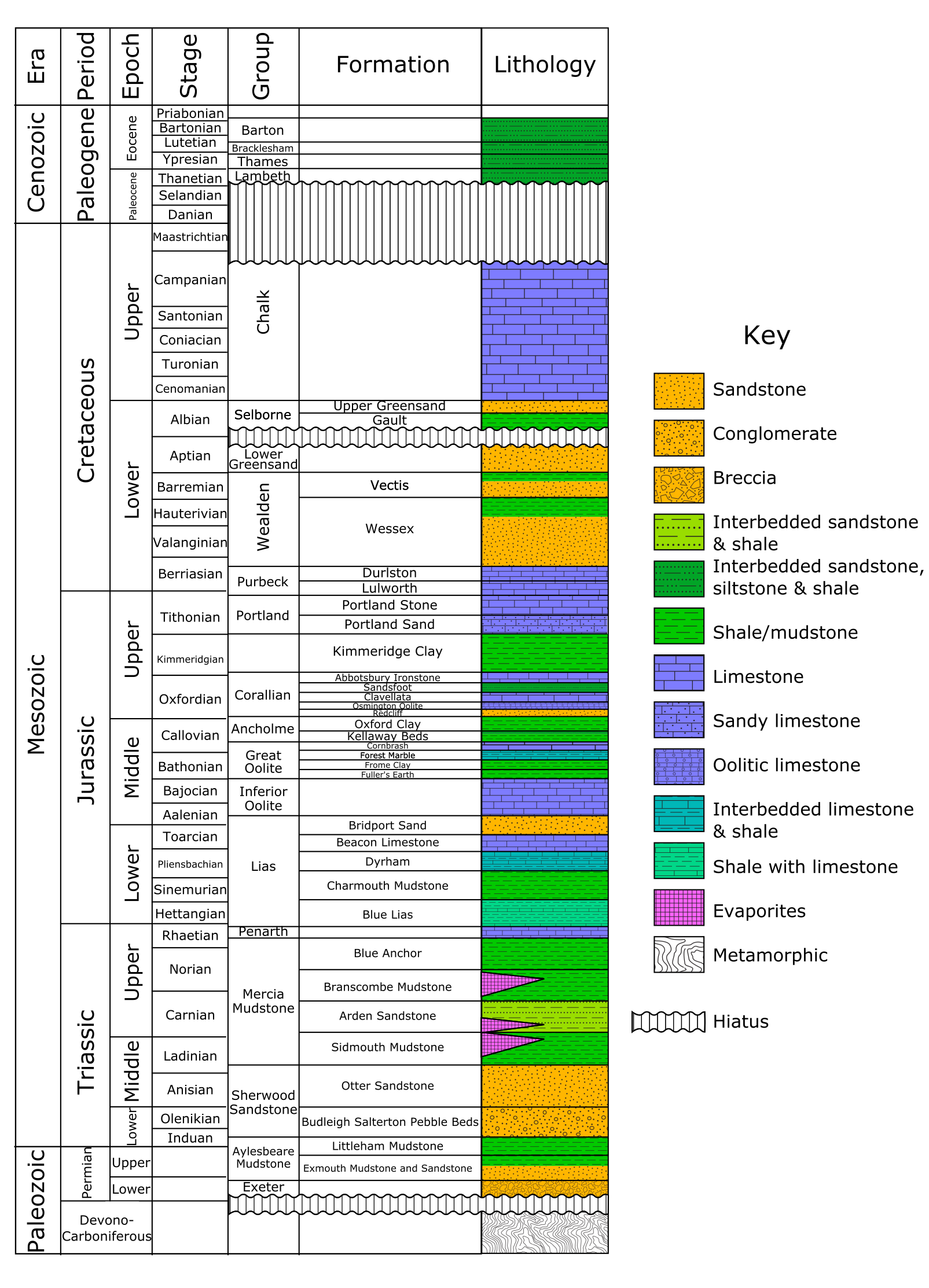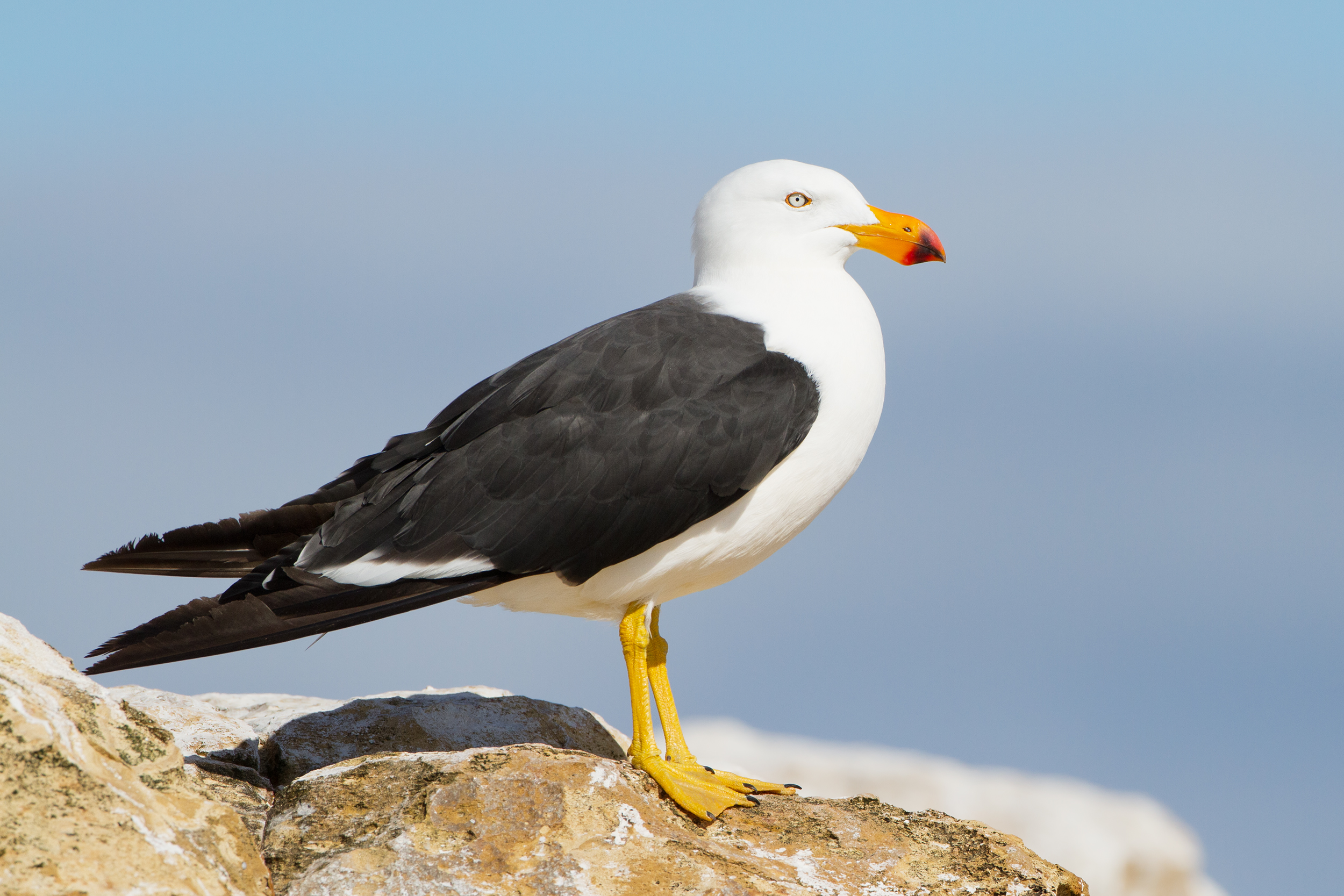|
1825 In Paleontology
Dinosaurs Newly named dinosaurs Data courtesy of George Olshevsky's dinosaur genera list. Newly named birds References {{Portal, Paleontology 1820s in paleontology Paleontology ... [...More Info...] [...Related Items...] OR: [Wikipedia] [Google] [Baidu] |
Iguanodon
''Iguanodon'' ( ; meaning 'iguana-tooth'), named in 1825, is a genus of iguanodontian dinosaur. While many species have been classified in the genus ''Iguanodon'', dating from the late Jurassic Period to the early Cretaceous Period of Asia, Europe, and North America, taxonomic revision in the early 21st century has defined ''Iguanodon'' to be based on one well-substantiated species: ''I. bernissartensis'', which lived from the late Barremian to the earliest Aptian ages (Early Cretaceous) in Belgium, Germany, England, Spain, and possibly elsewhere in Europe, between about 126 and 122 million years ago. ''Iguanodon'' was a large, bulky herbivore, measuring up to in length and in body mass. Distinctive features include large thumb spikes, which were possibly used for defense against predators, combined with long prehensile fifth fingers able to forage for food. The genus was named in 1825 by English geologist Gideon Mantell but discovered by William Harding Bensted, ba ... [...More Info...] [...Related Items...] OR: [Wikipedia] [Google] [Baidu] |
Gideon Algernon Mantell
Gideon Algernon Mantell MRCS FRS (3 February 1790 – 10 November 1852) was a British obstetrician, geologist and palaeontologist. His attempts to reconstruct the structure and life of ''Iguanodon'' began the scientific study of dinosaurs: in 1822 he was responsible for the discovery (and the eventual identification) of the first fossil teeth, and later much of the skeleton, of ''Iguanodon''. Mantell's work on the Cretaceous of southern England was also important. Early life and medical career Mantell was born in Lewes, Sussex as the fifth-born child of Thomas Mantell, a shoemaker, and Sarah Austen. He was raised in a small cottage in St. Mary's Lane with his two sisters and four brothers. As a youth, he showed a particular interest in the field of geology. He explored pits and quarries in the surrounding areas, discovering ammonites, shells of sea urchins, fish bones, coral, and worn-out remains of dead animals. The Mantell children could not study at local grammar schools ... [...More Info...] [...Related Items...] OR: [Wikipedia] [Google] [Baidu] |
Barremian
The Barremian is an age in the geologic timescale (or a chronostratigraphic stage) between 129.4 ± 1.5 Ma ( million years ago) and 121.4 ± 1.0 Ma). It is a subdivision of the Early Cretaceous Epoch (or Lower Cretaceous Series). It is preceded by the Hauterivian and followed by the Aptian Stage.See Gradstein ''et al.'' (2004) or the online geowhen database (link below) Stratigraphic definitions The original type locality for the Barremian Stage is in the vicinity of the village of Barrême, Alpes-de-Haute-Provence, France. Henri Coquand defined the stage and named it in 1873. The base of the Barremian is determined by the first appearance of the ammonites ''Spitidiscus hugii'' and ''Spitidiscus vandeckii''. The end of the Barremian is determined by the geomagnetic reversal at the start of the M0r chronozone, which is biologically near the first appearance of the ammonite '' Paradeshayesites oglanlensis''. Regional equivalents The Barremian falls in the Gallic epoc ... [...More Info...] [...Related Items...] OR: [Wikipedia] [Google] [Baidu] |
Wessex Formation
The Wessex Formation is a fossil-rich English geological formation that dates from the Berriasian to Barremian stages (about 145–125 million years ago) of the Early Cretaceous. It forms part of the Wealden Group and underlies the younger Vectis Formation and overlies the Durlston Formation. The dominant lithology of this unit is mudstone with some interbedded sandstones. It is part of the strata of the Wessex Basin, exposed in both the Isle of Purbeck and the Isle of Wight. While the Purbeck sections are largely barren of vertebrate remains, the Isle of Wight sections are well known for producing the richest and most diverse fauna in Early Cretaceous Europe. Nomenclatural History The Wessex Formation has historically alternately been called the "Variegated Marls And Sandstones", a name used by W. J. Arkell in his 1947 map of the Isle of Purbeck as well as the "Wealden Marls" It was given its current formal name by Daley and Stewart in 1979 Stratigraphy and Lithology ... [...More Info...] [...Related Items...] OR: [Wikipedia] [Google] [Baidu] |
Bernissart
Bernissart (; pcd, Bernissåt) is a municipality of Wallonia located in the province of Hainaut, Belgium. On January 1, 2006, Bernissart had a total population of 11,458. The total area is 43.42 km², which gives a population density of 264 inhabitants per km². The municipality consists of the following districts: Blaton, Bernissart, Harchies, Pommerœul, and Ville-Pommerœul. The ''Iguanodon'' mine In 1878, dozens of ''Iguanodon'' skeletons were discovered in a coal mine, at a depth of 322 m (1,056 ft).Norman, David B. (1985). "To Study a Dinosaur". The Illustrated Encyclopedia of Dinosaurs: An Original and Compelling Insight into Life in the Dinosaur Kingdom. New York: Crescent Books. pp. 24–33. . At the time, their proximity was considered proof that some dinosaurs were herd animals. They were mounted by Louis Dollo and set the standard that was followed for over a century. Nine of the twenty-nine skeletons are currently on display at the Royal Belgia ... [...More Info...] [...Related Items...] OR: [Wikipedia] [Google] [Baidu] |
Arcillas De Morella Formation
The Arcillas de Morella Formation is a geological formation in Spain whose strata date back to the Barremian stage of the Early Cretaceous. Dinosaur remains are among the fossils that have been recovered from the formation.Weishampel, David B; et al. (2004). "Dinosaur distribution (Early Cretaceous, Europe)." In: Weishampel, David B.; Dodson, Peter; and Osmólska, Halszka (eds.): The Dinosauria, 2nd, Berkeley: University of California Press. Pp. 562. . Geology The formation was formally named and defined by Canérot and colleagues in 1982. The formation predominantly consists of red clays and continental sandstones, with some marine intercalations'''' Vertebrate paleofauna Turtles Plesiosaurs Correlation See also * List of dinosaur-bearing rock formations This list of dinosaur-bearing rock formations is a list of geologic formations in which dinosaur fossils have been documented. Containing body fossils * List of stratigraphic units with dinosaur body fossils ... [...More Info...] [...Related Items...] OR: [Wikipedia] [Google] [Baidu] |
Royal Society Of London
The Royal Society, formally The Royal Society of London for Improving Natural Knowledge, is a learned society and the United Kingdom's national academy of sciences. The society fulfils a number of roles: promoting science and its benefits, recognising excellence in science, supporting outstanding science, providing scientific advice for policy, education and public engagement and fostering international and global co-operation. Founded on 28 November 1660, it was granted a royal charter by Charles II of England, King Charles II as The Royal Society and is the oldest continuously existing scientific academy in the world. The society is governed by its Council, which is chaired by the Society's President, according to a set of statutes and standing orders. The members of Council and the President are elected from and by its Fellows, the basic members of the society, who are themselves elected by existing Fellows. , there are about 1,700 fellows, allowed to use the postnominal ti ... [...More Info...] [...Related Items...] OR: [Wikipedia] [Google] [Baidu] |
Herbivorous
A herbivore is an animal anatomically and physiologically adapted to eating plant material, for example foliage or marine algae, for the main component of its diet. As a result of their plant diet, herbivorous animals typically have mouthparts adapted to rasping or grinding. Horses and other herbivores have wide flat teeth that are adapted to grinding grass, tree bark, and other tough plant material. A large percentage of herbivores have mutualistic gut flora that help them digest plant matter, which is more difficult to digest than animal prey. This flora is made up of cellulose-digesting protozoans or bacteria. Etymology Herbivore is the anglicized form of a modern Latin coinage, ''herbivora'', cited in Charles Lyell's 1830 ''Principles of Geology''.J.A. Simpson and E.S.C. Weiner, eds. (2000) ''The Oxford English Dictionary'', vol. 8, p. 155. Richard Owen employed the anglicized term in an 1854 work on fossil teeth and skeletons. ''Herbivora'' is derived from Latin ''herba' ... [...More Info...] [...Related Items...] OR: [Wikipedia] [Google] [Baidu] |
Reptile
Reptiles, as most commonly defined are the animals in the class Reptilia ( ), a paraphyletic grouping comprising all sauropsids except birds. Living reptiles comprise turtles, crocodilians, squamates (lizards and snakes) and rhynchocephalians ( tuatara). As of March 2022, the Reptile Database includes about 11,700 species. In the traditional Linnaean classification system, birds are considered a separate class to reptiles. However, crocodilians are more closely related to birds than they are to other living reptiles, and so modern cladistic classification systems include birds within Reptilia, redefining the term as a clade. Other cladistic definitions abandon the term reptile altogether in favor of the clade Sauropsida, which refers to all amniotes more closely related to modern reptiles than to mammals. The study of the traditional reptile orders, historically combined with that of modern amphibians, is called herpetology. The earliest known proto-reptiles originated ... [...More Info...] [...Related Items...] OR: [Wikipedia] [Google] [Baidu] |
Iguanodon NT
''Iguanodon'' ( ; meaning 'iguana-tooth'), named in 1825, is a genus of iguanodontian dinosaur. While many species have been classified in the genus ''Iguanodon'', dating from the late Jurassic Period to the early Cretaceous Period of Asia, Europe, and North America, taxonomic revision in the early 21st century has defined ''Iguanodon'' to be based on one well-substantiated species: ''I. bernissartensis'', which lived from the late Barremian to the earliest Aptian ages (Early Cretaceous) in Belgium, Germany, England, Spain, and possibly elsewhere in Europe, between about 126 and 122 million years ago. ''Iguanodon'' was a large, bulky herbivore, measuring up to in length and in body mass. Distinctive features include large thumb spikes, which were possibly used for defense against predators, combined with long prehensile fifth fingers able to forage for food. The genus was named in 1825 by English geologist Gideon Mantell but discovered by William Harding Bensted, base ... [...More Info...] [...Related Items...] OR: [Wikipedia] [Google] [Baidu] |
Larus Toliapicus
''Larus'' is a large genus of gulls with worldwide distribution (by far the greatest species diversity is in the Northern Hemisphere). Many of its species are abundant and well-known birds in their ranges. Until about 2005–2007, most gulls were placed in this genus, but this arrangement is now known to be polyphyletic, leading to the resurrection of the genera ''Ichthyaetus'', ''Chroicocephalus'', ''Leucophaeus'', and ''Hydrocoloeus'' (this last had been recognized more often than the other genera) for several species traditionally included in ''Larus''. They are in general medium to large birds, typically grey or white, often with black markings on their heads or wings. They have stout, longish bills and webbed feet. The taxonomy of the large gulls in the herring and lesser black-backed complex is very complicated, with different authorities recognising between two and eight species. Taxonomy The genus ''Larus'' was introduced in 1758 by the Swedish naturalist Carl Linn ... [...More Info...] [...Related Items...] OR: [Wikipedia] [Google] [Baidu] |






_grazing_-_20050809.jpg)

